
Daril Atkins sculpts parts of the human body. The life of this 77-year-old sculptor-turned-anaplastologist is marked by giving helping hands to people, literally. "I am a trained sculptor," he told me at his lab, DA Anaplastology India LLP, in Bengaluru. "As an anaplastologist, I am expected to create a masterpiece that nobody would be able to detect."
When I entered his lab, Atkins was gazing intently at an object in his hand, with his back toward me. "Give me a minute," he told me. Looking around, I saw parts of an eye, a nose, fingers and toes of various textures, skin tone and size-which were not merely the paraphernalia of an anaplastologist but also pieces of art, made by an artist. In a minute's time, a sagely face greeted me.
Atkins never imagined he would become a certified clinical anaplastologist. In fact, the term anaplastology became popular only after the 1980s with the establishment of the American Anaplastology Association in Stanford University, California, under the leadership of Walter G Spohn, a contemporary of Atkins. "Ana means to restore, to make again, and plast is the use of synthetic materials," he told me. "So, the craft of lifelike prosthetic restoration is called anaplastology." The AAA grew from being a small group of like-minded professionals into the International Anaplastology Association-a global council for medical, dental, artistic and scientific professionals providing prosthetic restorative care for patients with absent or malformed anatomy.
This story is from the January 2023 edition of The Caravan.
Start your 7-day Magzter GOLD free trial to access thousands of curated premium stories, and 8,500+ magazines and newspapers.
Already a subscriber ? Sign In
This story is from the January 2023 edition of The Caravan.
Start your 7-day Magzter GOLD free trial to access thousands of curated premium stories, and 8,500+ magazines and newspapers.
Already a subscriber? Sign In
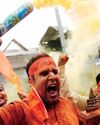
Mob Mentality
How the Modi government fuels a dangerous vigilantism
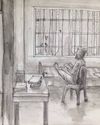
RIP TIDES
Shahidul Alam’s exploration of Bangladeshi photography and activism

Trickle-down Effect
Nepal–India tensions have advanced from the diplomatic level to the public sphere
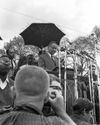
Editor's Pick
ON 23 SEPTEMBER 1950, the diplomat Ralph Bunche, seen here addressing the 1965 Selma to Montgomery March, was awarded the Nobel Peace Prize. The first black Nobel laureate, Bunche was awarded the prize for his efforts in ending the 1948 Arab–Israeli War.

Shades of The Grey
A Pune bakery rejects the rigid binaries of everyday life / Gender
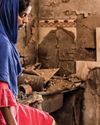
Scorched Hearths
A photographer-nurse recalls the Delhi violence

Licence to Kill
A photojournalist’s account of documenting the Delhi violence

CRIME AND PREJUDICE
The BJP and Delhi Police’s hand in the Delhi violence
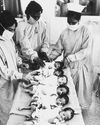
Bled Dry
How India exploits health workers

Status Update
India’s telling silence on the Hagia Sophia controversy